Gruesome tales from Edinburgh's murky past
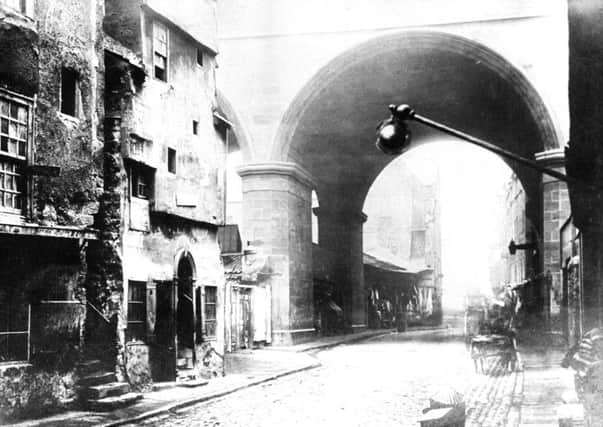

North Berwick witch trials
Witch trials took place in Scotland over a period of 200 years during the 16th and 17th centuries, during which time hundreds of men and women were burned at the stake or drowned.
Despite its relatively small scale, Scotland was one of the biggest persecutors of witches in Europe.
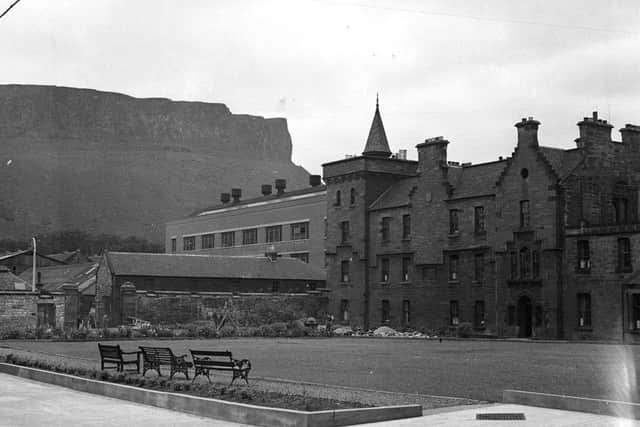

Advertisement
Hide AdAdvertisement
Hide AdThe suspicion of witchcraft reached its height in 1590 after King James began to believe he and his soon-to-be wife had been cursed by a coven of witches.
He, and Anne of Denmark, had been sailing to Scotland when their ship nearly capsized in stormy seas.
It was said that the storms were created by a coven of witches who had gathered on the Auld Kirk Green in North Berwick, East Lothian.
Fear and suspicion swept across the city and before long a businessman reported his family maid Geillis Duncan, for having an interest in witchcraft as she had been helping the sick and infirm.
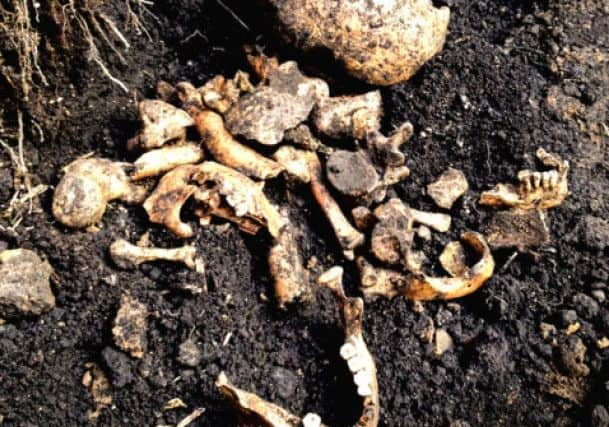

Geillis was thrown in jail and tortured until she confessed to being a witch and accused many others of the much feared crime.
One individual that was accused by Geillis was Angus Sampson, an elderly and well respected lady.
She also denied the accusations and was subsequently tortured.
The torture included her being fastened to a wall by a witch’s bridle - an iron instrument with four sharp prongs forced into the mouth.
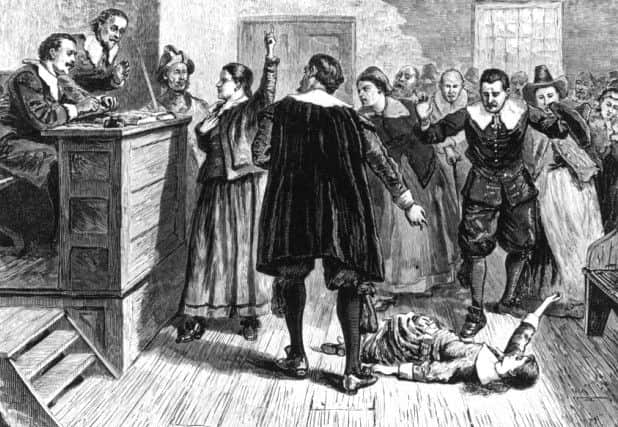

Advertisement
Hide AdAdvertisement
Hide AdShe wasn’t allowed to sleep and was thrown with a rope around her head. Following her ordeal, she confessed to fifty-three indictments against her and was strangled and burned as a witch.
Most others who were accused were tortured into confessing. Many accounts of witchcraft goings on were recounted, such as that an oath to kill the king was sealed by a kiss on the Devil’s buttocks, that a cat had been thrown out to sea to prevent the king’s ship’s safe arrival and that venom from a toad had been extracted and mixed with urine along with a foal in an oyster shell to further the monarch’s demise.
Witchcraft trials such as that in North Berwick continued across Scotland until the early 18th century.
Burke and Hare
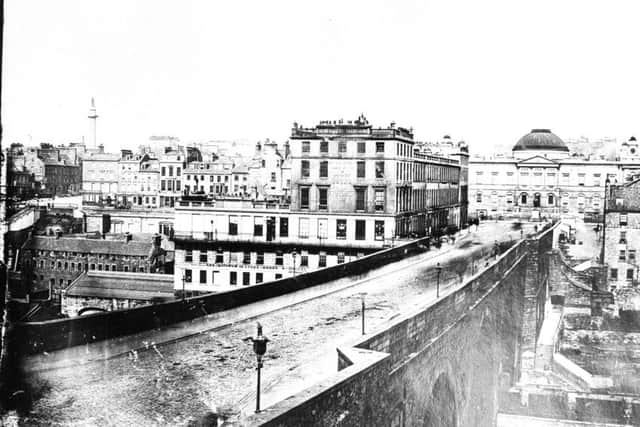

The gruesome tale of Burke and Hare has been retold endlessly in fact and fiction and remains an important part of Edinburgh’s dark past. It is the tale of Irish immigrants who went on to become two of the city’s most notorious murderers.
William Burke and William Hare met after Burke and Helen McDougal, a woman for whom he had left a wife and two children, moved into a property ran by Hare’s wife.
Medical research was common in the city but only hanged criminals could be used for anatomical dissection.
This led to the proliferance of bodysnatchers who searched graves to find fresh corpses.
The pair began their murder spree to remedy a shortage of bodies and sold their victims to Dr Robert Knox.
Advertisement
Hide AdAdvertisement
Hide AdAmong their victims was Joesph, an elderly man who was a tenant at the lodging house, Effie, a woman who had sold leather to Burke for cobbling and Ann McDougal, a relative of Helen McDougal.
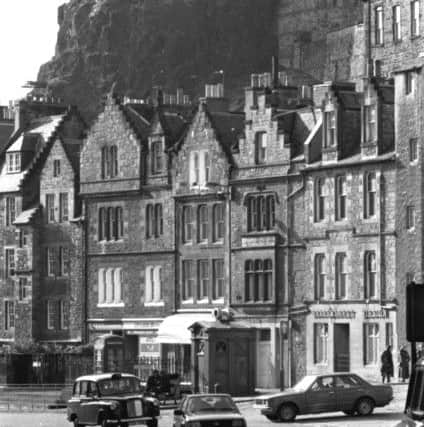

It is believed that they often invited their victims to their West Port base and plied them with alcohol before the murder. For each of the bodies they received around 10 pounds from Dr Knox.
Their murdering spree continued over ten months until a body of one their victims was found under a bed at the lodgings house by tenants.
Burke and Hare were arrested but Hare was persuaded to blame Burke in return for his freedom and is thought to have fled Scotland and escaped justice. Dr Knox was eventually cleared as there was no evidence of murders to be found.
Burke received the death penalty for his crimes in front of a crowd of 30,000. His body was dissected at the Royal College of Surgeons in the city and his skin was made into trinkets.
Queensberry House canibal
Queensberry House in Edinburgh’s Canongate was initially built in the 1680s as a home for William Douglas, the first Duke of Queensberry.
It is said that one member of the Duke’s son, James, was known to be mentally disturbed and spent the majority of his life indoors for both his own safety and that of others.
However, on one particular night, he was locked in his room while the rest of his family went out celebrating the signing of the Act of Union. The only other person in the building was a kitchen hand who was tending to a kitchen fire.
Advertisement
Hide AdAdvertisement
Hide AdAfter dozing off, the worker was disturbed by the sound of footsteps and when he finally awoke, he was met by the sight of the madman standing in the doorway of the kitchen having broken out of his room.
James then killed the boy and begun devouring him when the servants returned.
When the Duke’s family returned to the property the next day, the kitchen fire had burned out and was replaced with the smell of burning flesh filling the air. The charred remains or the boy were tied up in the spit indicating that he had been roasted alive and eaten.
For many years afterwards, the screams of the kitchen hand echoed through the house.
Since the gruesome murder, Queensberry House has been used as an Army barracks, a house of refuge, a public hospital and a geriatric hospital.
The story of James Douglas featured in a novel by Edinburgh author Ian Rankin.
